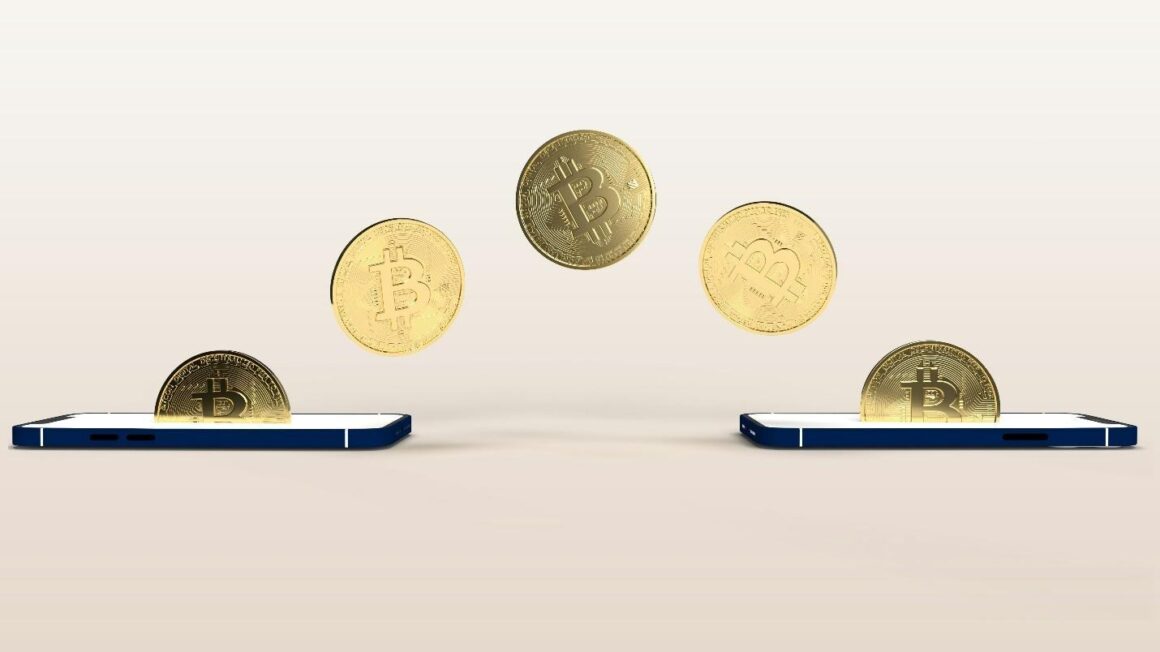
 In today’s competitive market, sustainability has become more than a trend—it’s a necessity. Businesses are increasingly expected to adopt eco-conscious practices, with packaging being a critical area of focus. Eco-friendly carton sealing tape provides an innovative solution that supports sustainability goals while maintaining efficiency and reliability in packaging operations.
In today’s competitive market, sustainability has become more than a trend—it’s a necessity. Businesses are increasingly expected to adopt eco-conscious practices, with packaging being a critical area of focus. Eco-friendly carton sealing tape provides an innovative solution that supports sustainability goals while maintaining efficiency and reliability in packaging operations.
 This article explores the shift toward biodegradable and recyclable sealing tapes, their benefits, and how businesses can successfully integrate them into their operations to enhance sustainability.
This article explores the shift toward biodegradable and recyclable sealing tapes, their benefits, and how businesses can successfully integrate them into their operations to enhance sustainability.
The Shift Towards Eco-Friendly Carton Sealing Tape
Why Traditional Tapes Fall Short
Conventional carton sealing tapes, made from materials like polypropylene, PVC, and synthetic adhesives, contribute significantly to non-recyclable waste. These tapes often hinder the recyclability of cartons, as they must be removed before processing, leading to inefficiencies and increased waste.
Eco-friendly alternatives address these issues by being either biodegradable or recyclable. These tapes are designed with sustainability in mind, using materials such as:
- Kraft Paper: Strong, recyclable, and biodegradable.
- Natural Rubber Adhesive: A plant-based alternative to synthetic adhesives.
- Compostable Polymers: Break down into natural elements without leaving microplastics.
Benefits of Eco-Friendly Carton Sealing Tape
1. Environmental Advantages
- Waste Reduction: Biodegradable tapes decompose naturally, reducing the volume of waste in landfills.
- Carton Recyclability: Recyclable tapes can be processed with cartons, streamlining waste management.
- Lower Carbon Footprint: Many eco-friendly tapes are manufactured using renewable resources, reducing dependence on fossil fuels.
2. Customer Trust and Loyalty
Consumers are increasingly conscious of the environmental impact of their purchases. A 2023 survey by McKinsey found that 75% of consumers prefer to buy from brands that use sustainable packaging. Using eco-friendly sealing tape demonstrates your business’s commitment to reducing environmental harm, which can foster customer loyalty and enhance brand reputation.
3. Improved Compliance
Regulatory frameworks, such as the European Union’s Single-Use Plastics Directive and similar policies worldwide, are driving businesses to eliminate non-recyclable and plastic-heavy materials. Switching to eco-friendly tape helps companies stay ahead of these regulations and avoid potential penalties.
4. Operational Benefits
- Versatility: Eco-friendly tapes work well across various applications, from lightweight parcels to heavy-duty cartons.
- Durability: High-quality sustainable tapes, such as water-activated kraft paper tape, provide strong seals comparable to traditional options.
5. Cost Savings Over Time
While initial investment in eco-friendly materials may be higher, businesses often see long-term savings through reduced waste disposal costs, potential tax incentives, and increased customer retention due to positive brand perception.
Challenges and How to Overcome Them
1. Higher Initial Costs
Solution: Buy in bulk to reduce per-unit costs. Emphasize the long-term savings from waste reduction and enhanced customer loyalty.
2. Compatibility Issues
Solution: Test eco-friendly tape with existing carton materials and sealing equipment. Many suppliers offer trial products to ensure compatibility.
3. Supplier Availability
Solution: Partner with reputable manufacturers specializing in sustainable packaging. Certifications such as FSC (Forest Stewardship Council) and ISO standards can ensure quality.
Integrating Eco-Friendly Tape into Your Operations
1. Audit Your Packaging Processes
Start by identifying areas where traditional tapes are used and evaluate their environmental impact. Understand the volume, types of cartons, and sealing requirements to choose the most suitable eco-friendly alternative.
2. Choose the Right Tape
Different businesses have different needs. Common options include:
- Kraft Paper Tape: Ideal for businesses looking for recyclable and biodegradable options.
- Compostable Plastic Tape: Suitable for industries where flexibility and transparency are required.
- Water-Activated Tape: Offers superior adhesion and strength for heavy packages.
3. Update Equipment
Ensure existing dispensers and sealing machines are compatible with the new tape. Some eco-friendly tapes, like water-activated varieties, may require specialized equipment.
4. Educate Your Team
Provide training to employees on the proper application of eco-friendly tape and its benefits. Emphasize the role of sustainable practices in achieving company-wide goals.
5. Communicate Your Commitment
Highlight your shift to eco-friendly practices in marketing campaigns. Add messages to packaging materials, such as “Sealed Sustainably” or “100% Eco-Friendly,” to inform customers about your initiatives.
6. Measure the Impact
Use metrics such as reduced waste, customer feedback, and overall cost savings to assess the effectiveness of your transition. Sharing these results can further enhance your brand image.
Future Trends in Sustainable Sealing Solutions
1. Advanced Biodegradable Materials
Innovation is driving the development of high-performance biodegradable adhesives and polymers that mimic the strength of synthetic materials without environmental drawbacks.
2. Circular Economy Practices
Businesses are moving toward a closed-loop system where all packaging components, including sealing tape, are designed for full recyclability.
3. Smart Sustainable Solutions
Integration of QR codes on eco-friendly tapes can provide customers with information about the product’s environmental benefits, recycling instructions, and your brand’s commitment to sustainability.
Conclusion
Eco-friendly carton sealing tape is more than a packaging solution—it’s a statement of your company’s commitment to a sustainable future. By adopting biodegradable and recyclable options, businesses can reduce environmental impact, enhance brand loyalty, and align with regulatory trends. While the shift may require an initial investment, the long-term benefits—both financial and environmental—are undeniable.
Now is the time to make a change. Evaluate your packaging needs, choose sustainable solutions, and take a step toward a greener tomorrow. Your customers and the planet will thank you.










